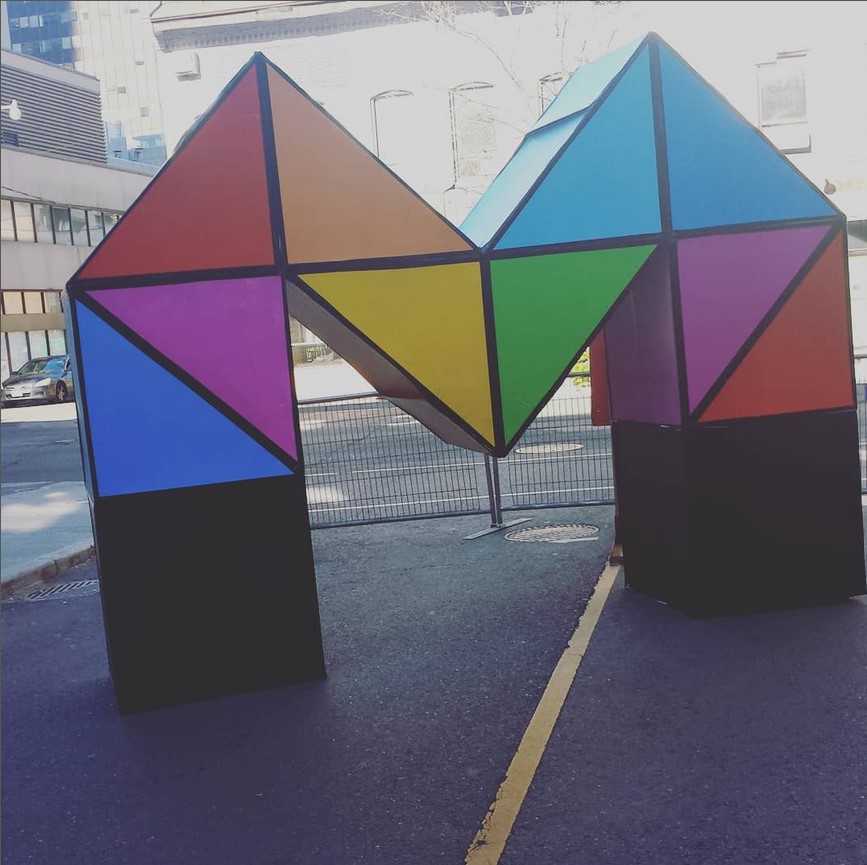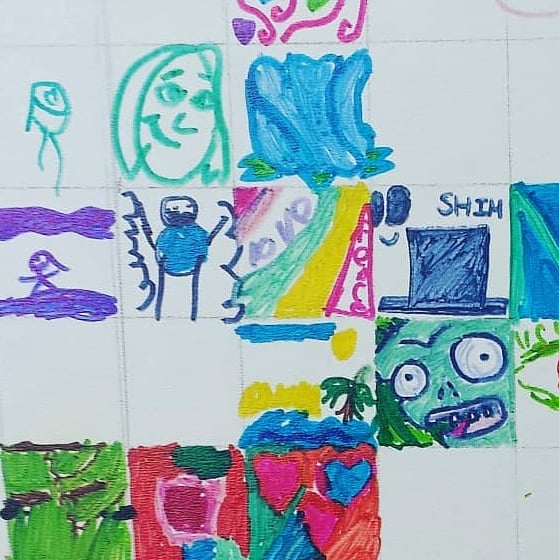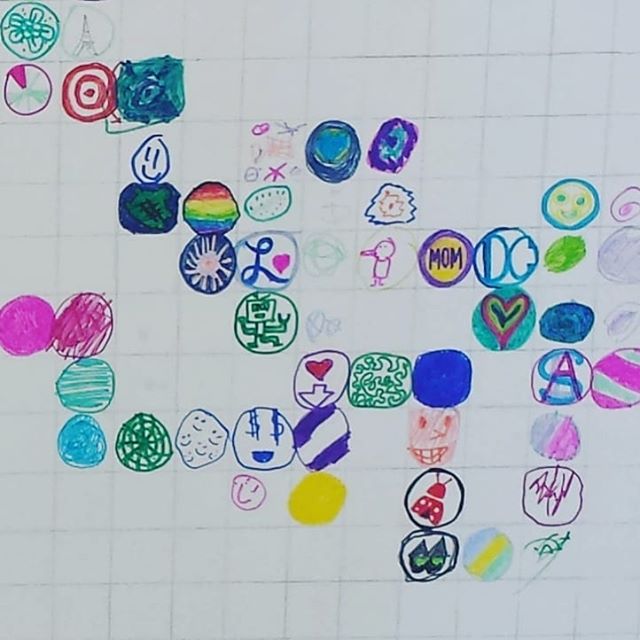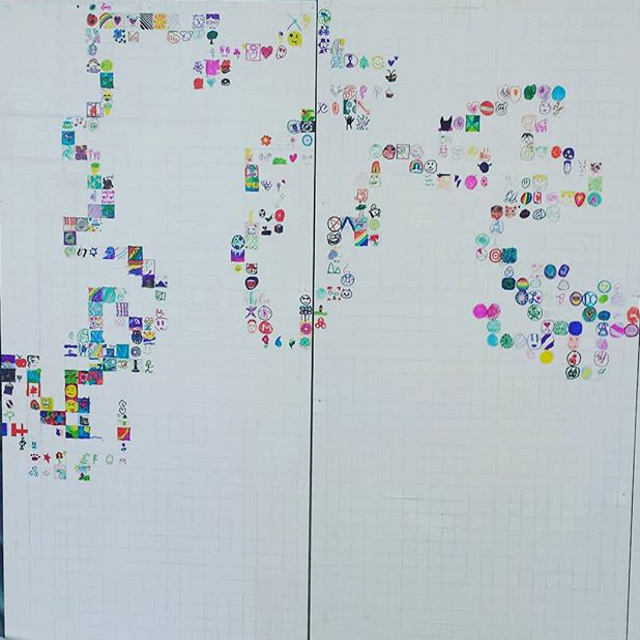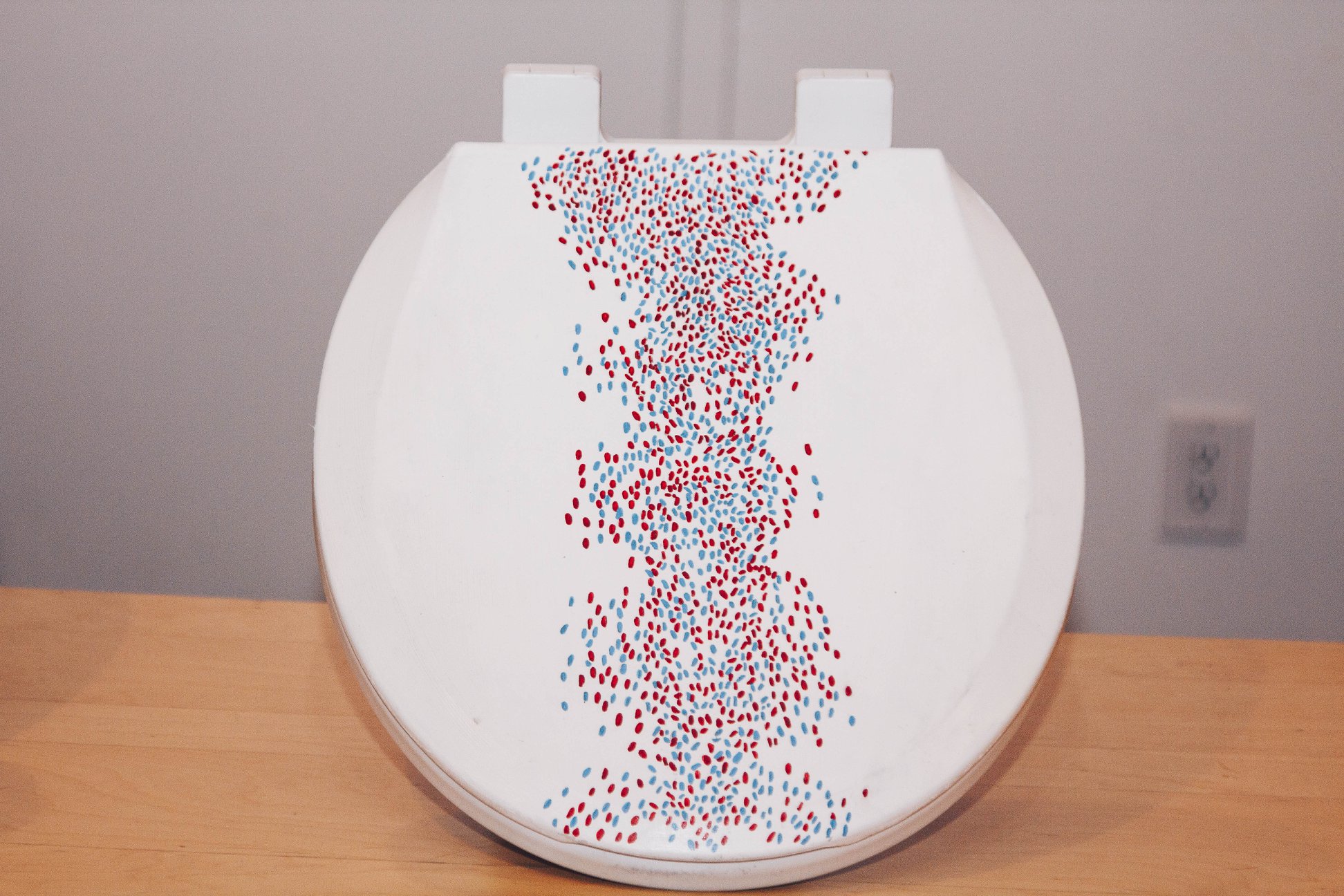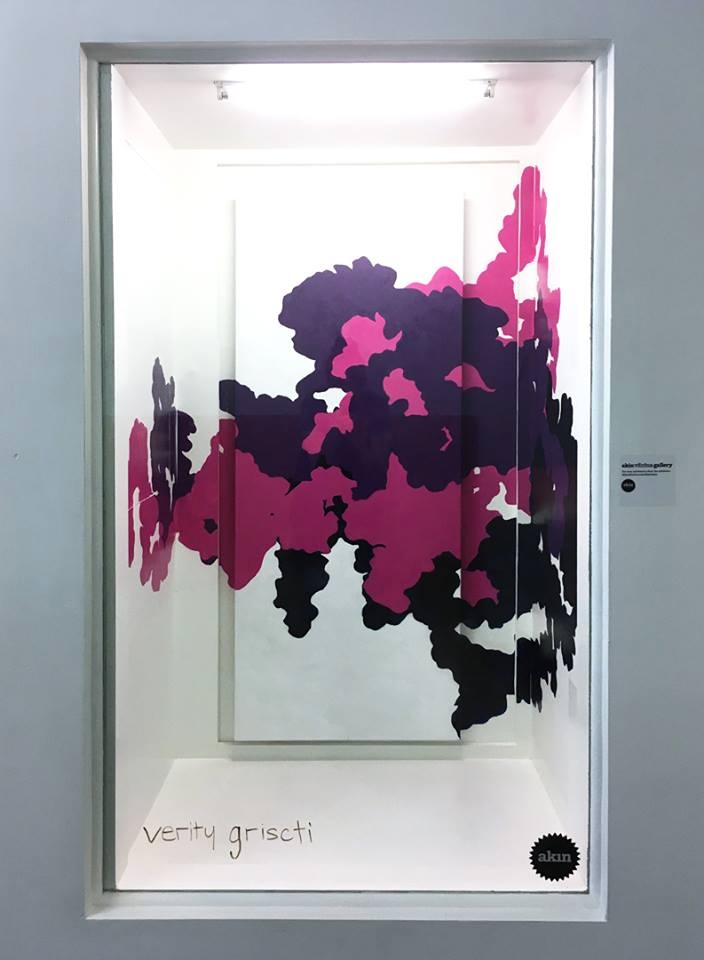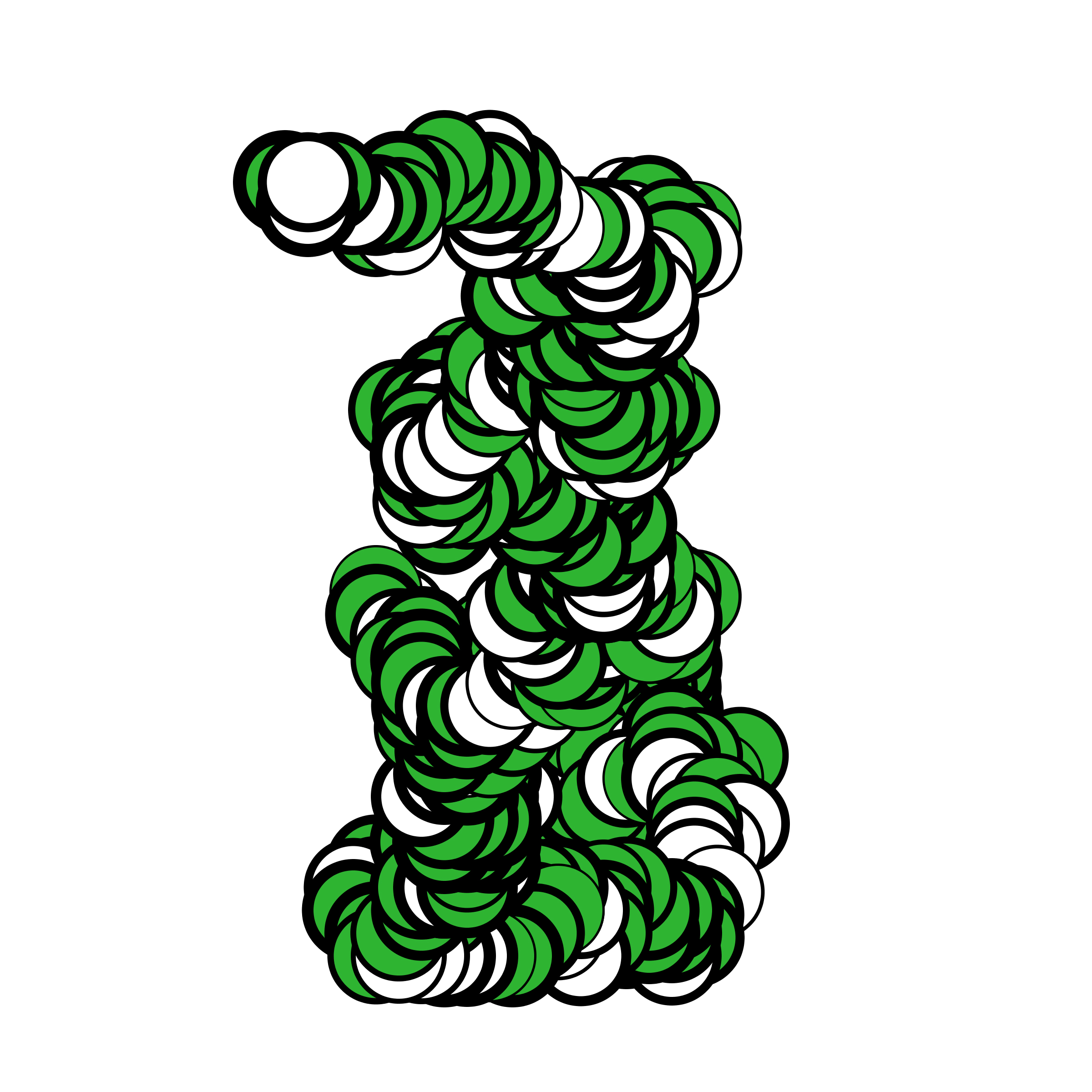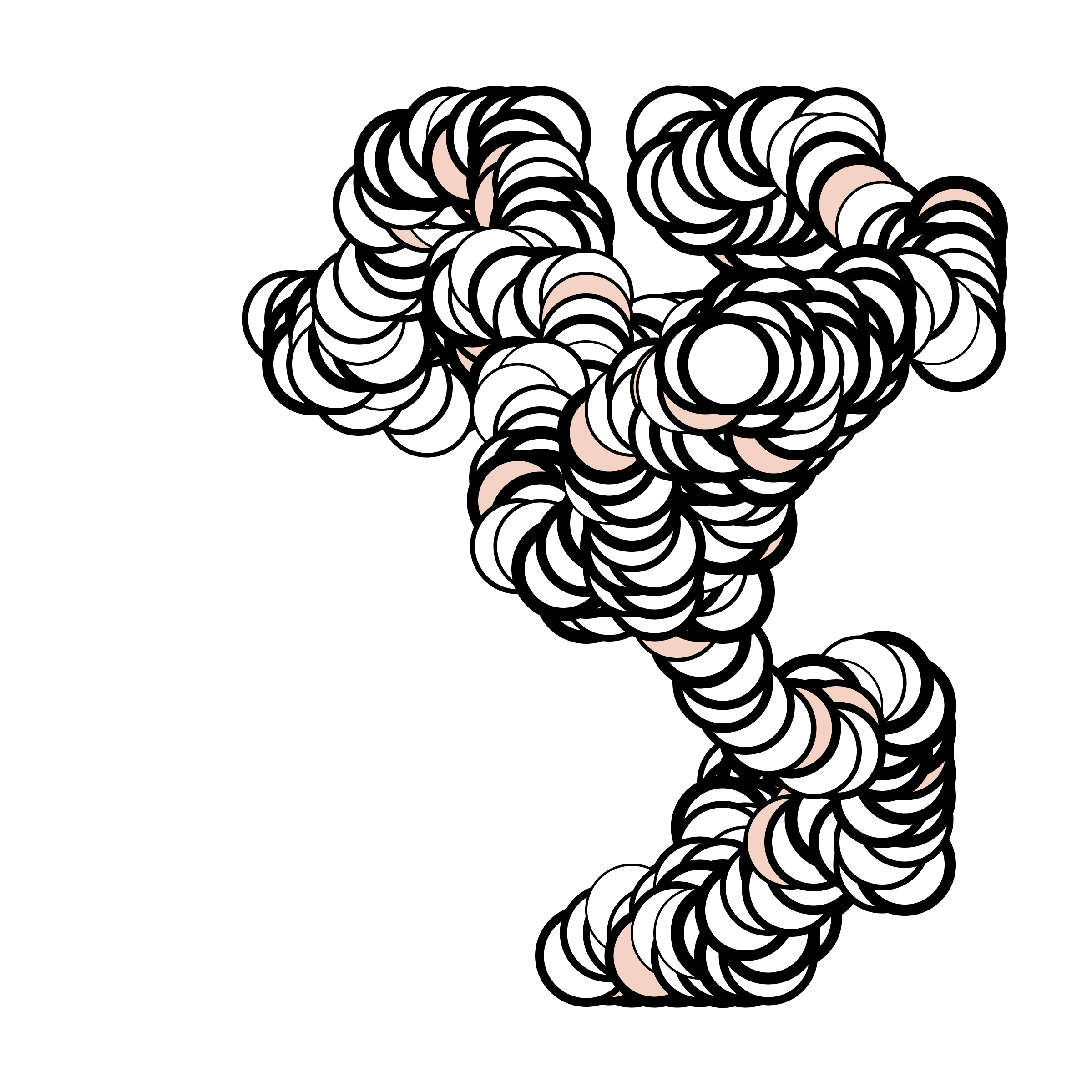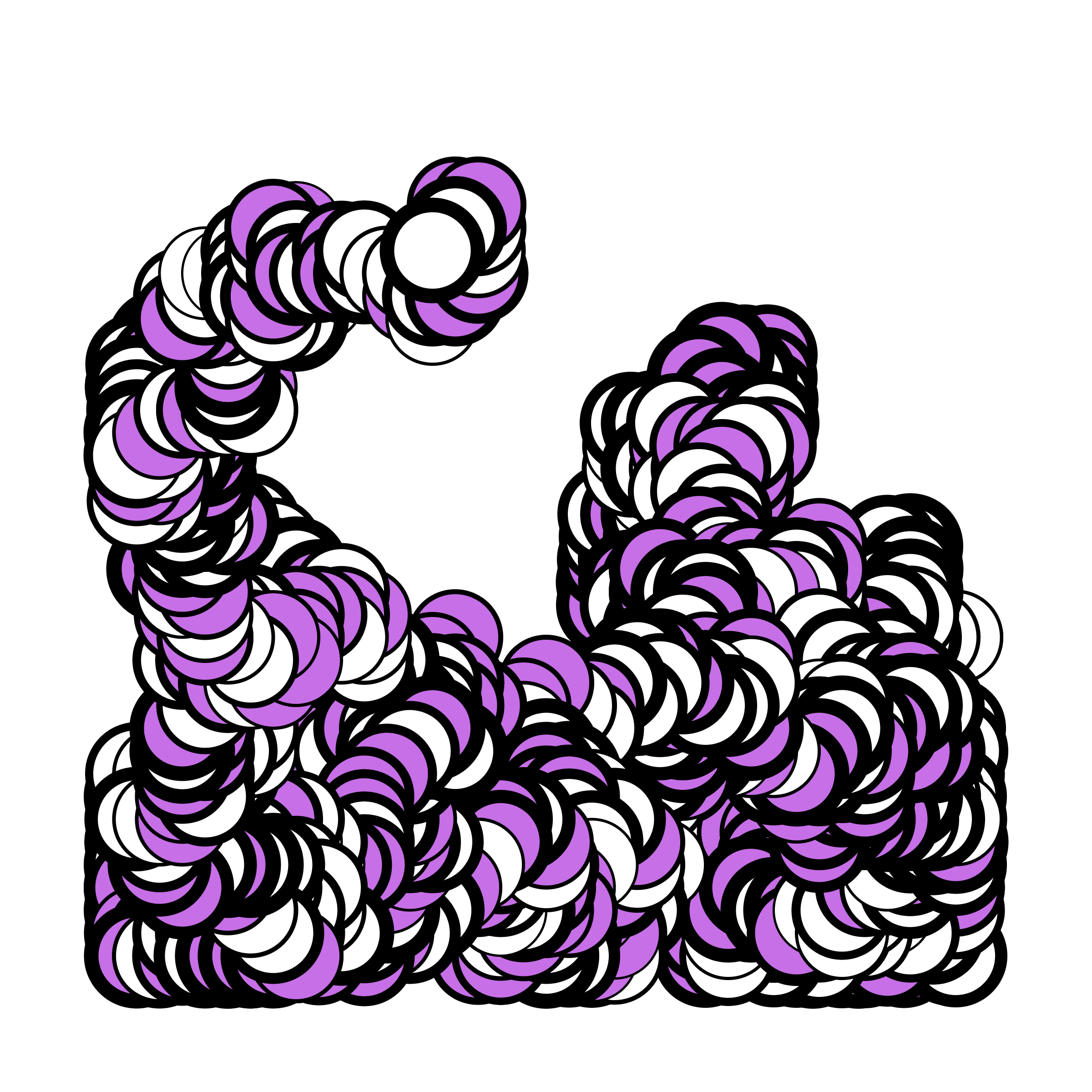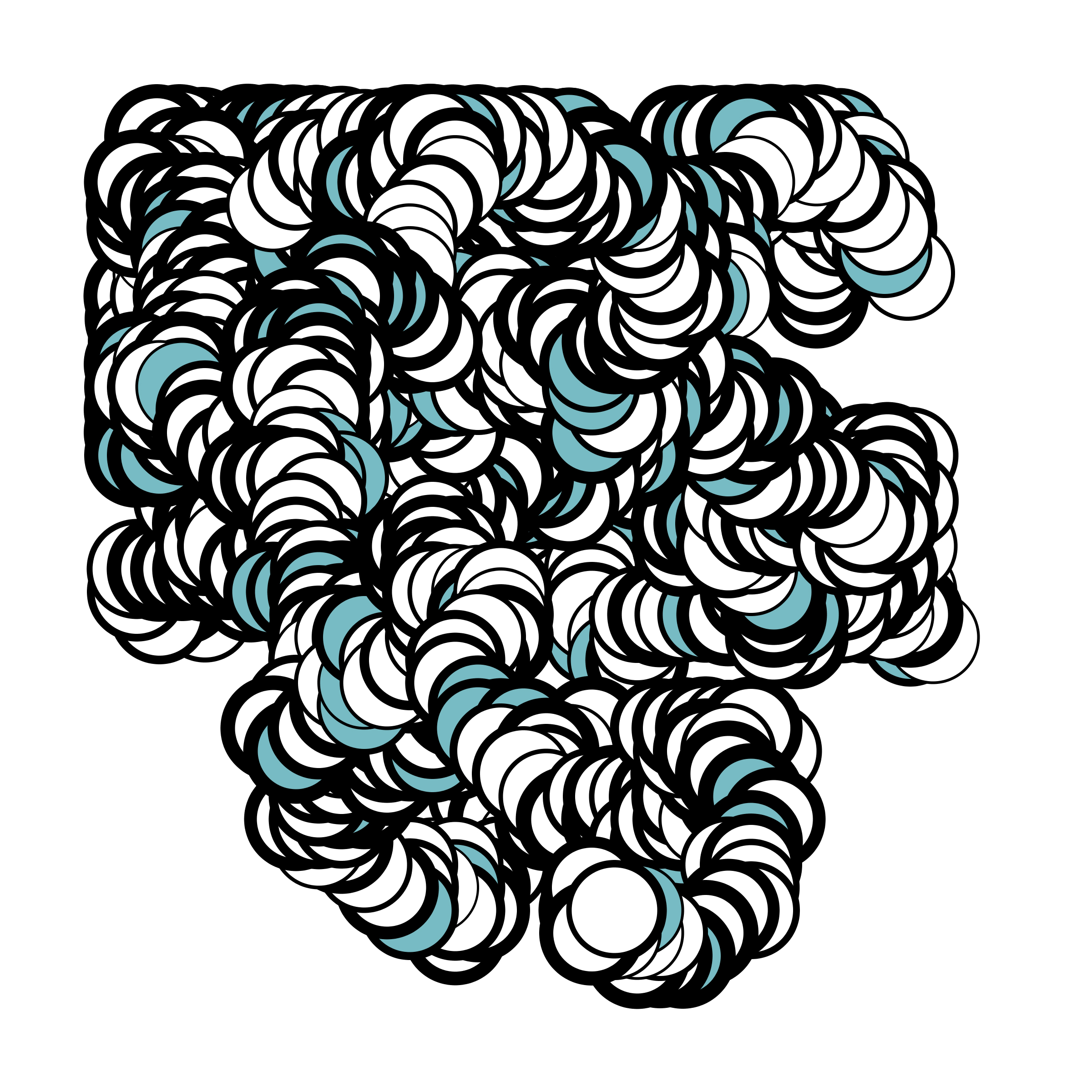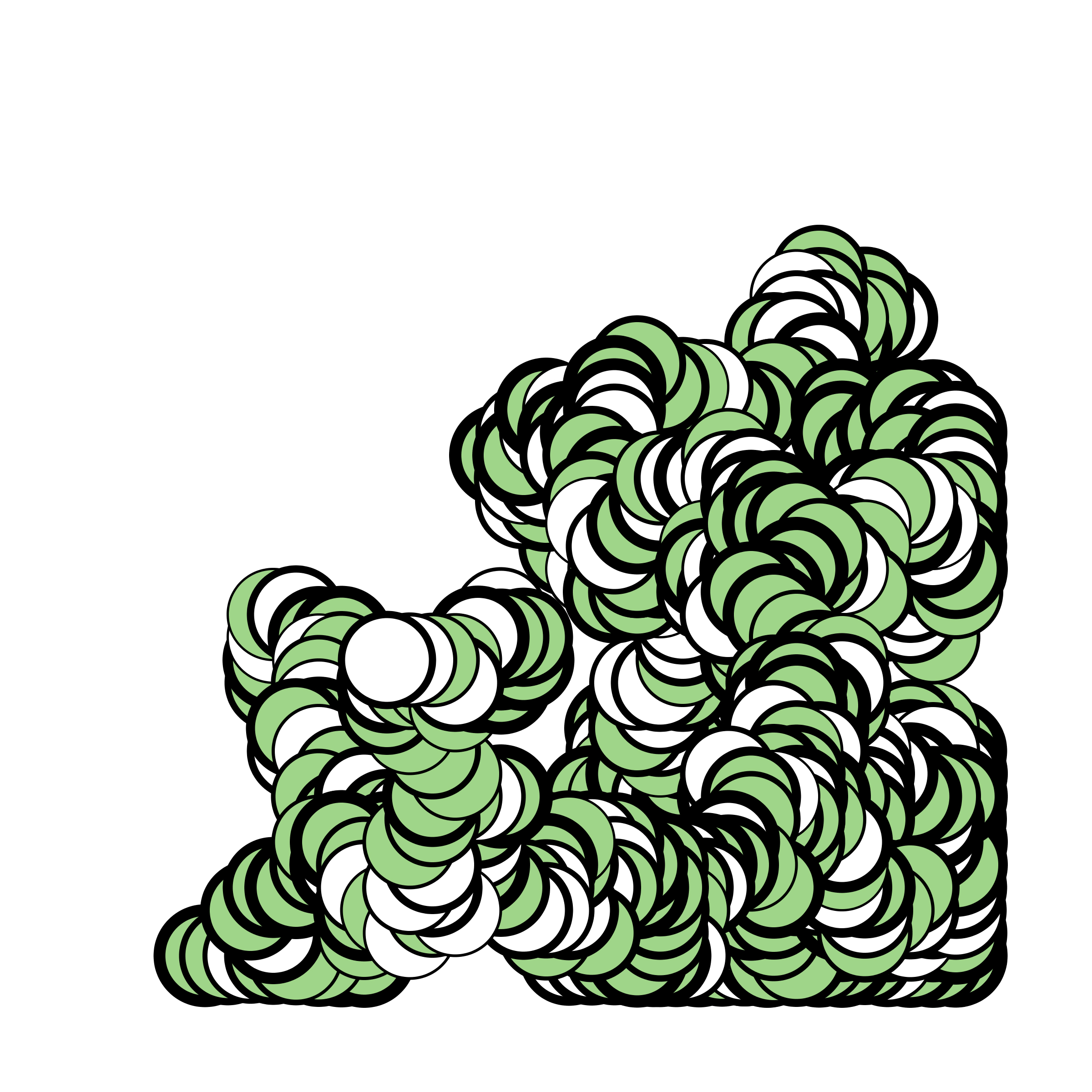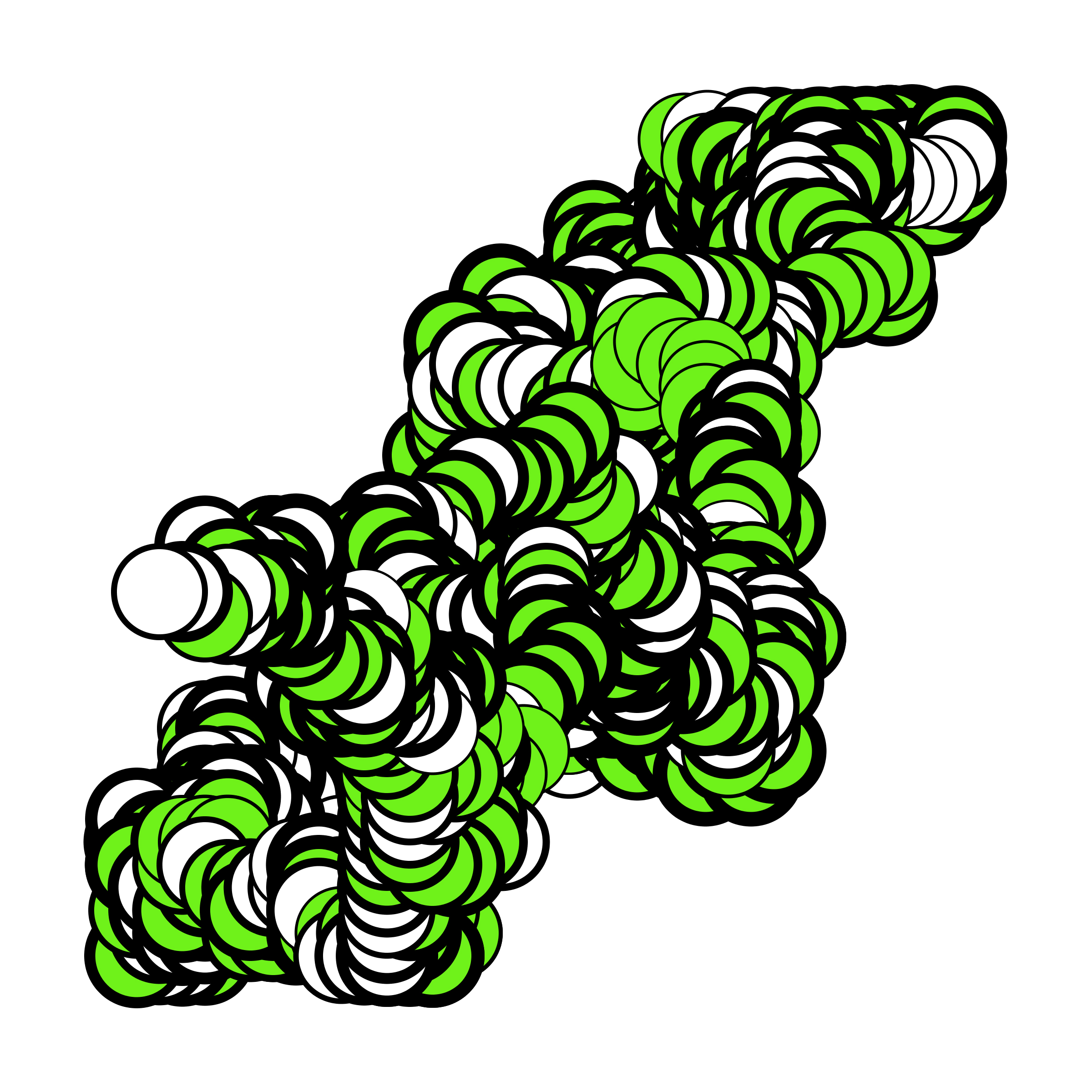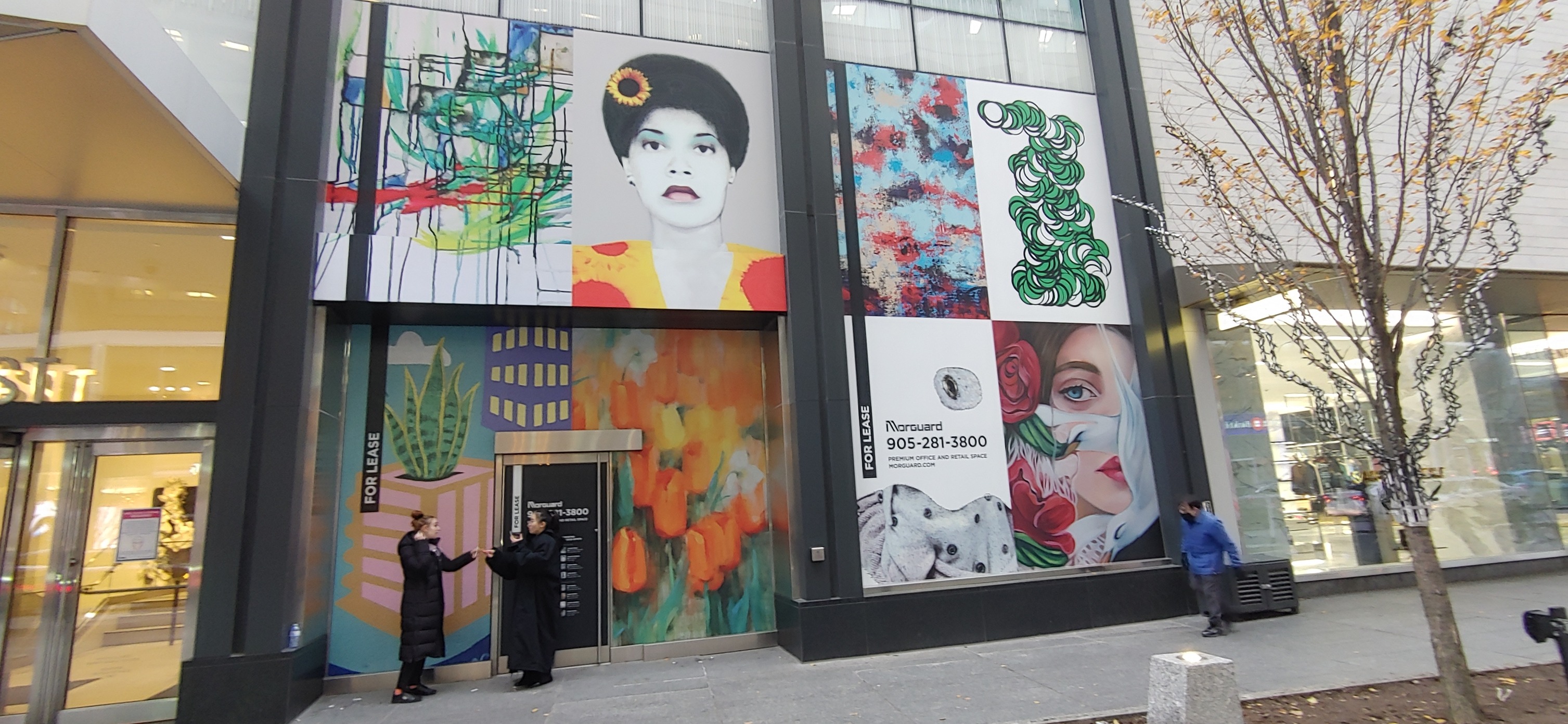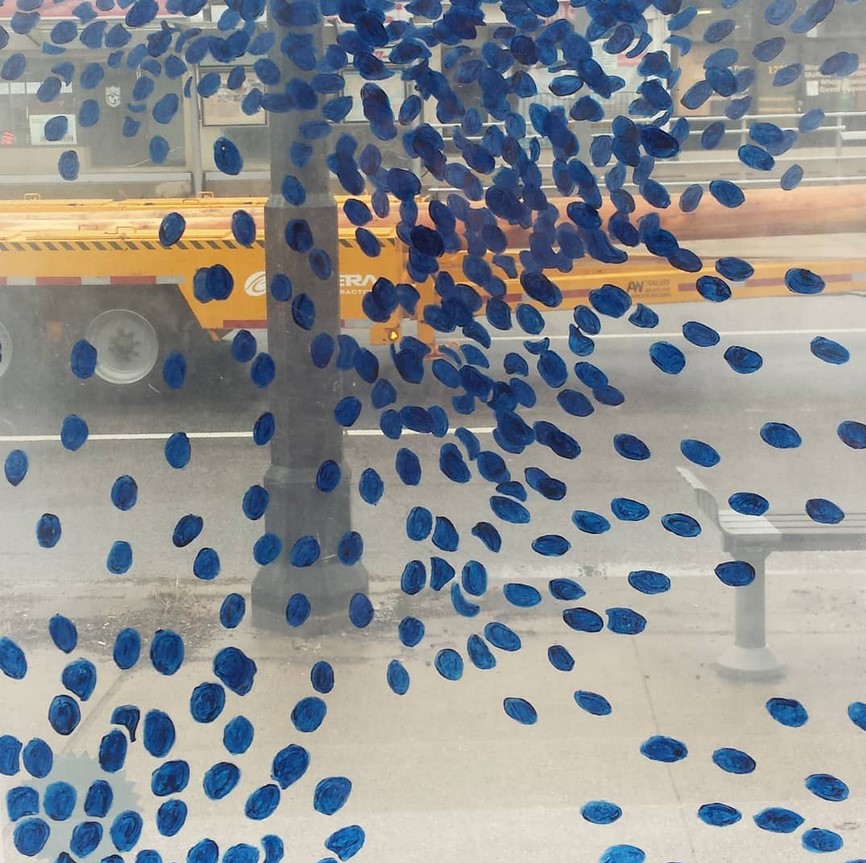
flitting
Separation, alignment and cohesion. Individual agents adhering to three simple rules can create something complex, elegant and beautiful.
flitting is an analogue exploration of the popular artificial life computer algorithm boids . Originally developed in 1986 by computer programmer Craig Reynolds boids is everywhere you’ve never bothered to look. It’s been used to study the flocking behaviour of Starlings and create the computer-generated bat swarms in Batman Returns. It’s the algorithm behind swarm robotics, where groups of small robots or drones are programmed to work in cohesion and it’s automatically programming dozens of internet radio stations at once.
But before the algorithm puts all the DJ’s out of work starts dropping bombs on humans let’s look at how pretty it can be.
Separation, alignment and cohesion. Individual agents adhering to three simple rules can create something complex, elegant and beautiful.
flitting is an analogue exploration of the popular artificial life computer algorithm 'boids'. Originally developed in 1986 by computer programmer Craig Reynolds 'boids' is everywhere you’ve never bothered to look. It’s been used to study the flocking behaviour of Starlings and create the computer-generated bat swarms in Batman Returns. It’s the algorithm behind swarm robotics, where groups of small robots or drones are programmed to work in cohesion and it’s automatically programming dozens of internet radio stations at once.
But before the algorithm puts all the DJ’s out of work starts dropping bombs on humans let’s look at how pretty it can be.
flitting
, 2019
acrylic paint on duralar polyester sheets
25” x 40”
Verity Griscti
